Expansion of Telehealth Services
The expansion of telehealth services is emerging as a crucial driver for the Computer Assisted Coding Software Market. As telehealth becomes a standard practice in healthcare delivery, the need for accurate coding of remote services is paramount. Coding software that can effectively handle telehealth encounters ensures that providers receive appropriate reimbursement for virtual visits. Recent data suggests that telehealth services have increased by over 50% in recent years, necessitating robust coding solutions to manage this growth. This trend indicates a shift in healthcare delivery models, further emphasizing the importance of Computer Assisted Coding Software Market in adapting to new service modalities. As telehealth continues to evolve, the market for coding software is likely to expand correspondingly.
Rising Demand for Efficiency in Healthcare
The Computer Assisted Coding Software Market is experiencing a notable surge in demand for efficiency within healthcare systems. As healthcare providers strive to enhance operational workflows, the adoption of coding software becomes increasingly critical. This software streamlines the coding process, reducing the time required for medical billing and documentation. According to recent data, healthcare organizations that implement such solutions report a 30% increase in coding accuracy and a significant reduction in claim denials. This trend indicates a growing recognition of the importance of efficient coding practices, which are essential for maintaining revenue cycles and ensuring compliance with regulatory standards. Consequently, the Computer Assisted Coding Software Market is poised for substantial growth as more healthcare entities seek to optimize their coding processes.
Growing Need for Data Analytics in Healthcare
The increasing need for data analytics in healthcare is a significant driver for the Computer Assisted Coding Software Market. As healthcare providers seek to leverage data for improved decision-making, coding software that incorporates analytics capabilities becomes essential. These tools enable organizations to analyze coding patterns, identify trends, and optimize revenue cycles. Market Research Future indicates that healthcare organizations utilizing data-driven coding solutions can achieve a 20% increase in operational efficiency. This growing emphasis on data analytics not only enhances coding accuracy but also supports strategic planning and resource allocation. Thus, the demand for advanced coding software that integrates analytics is likely to propel the Computer Assisted Coding Software Market forward.
Technological Advancements in Coding Solutions
Technological advancements play a pivotal role in shaping the Computer Assisted Coding Software Market. The integration of artificial intelligence and machine learning algorithms into coding software enhances its capabilities, allowing for more accurate and efficient coding. These innovations enable the software to learn from historical data, improving its predictive accuracy over time. As a result, healthcare providers are increasingly adopting these advanced solutions to stay competitive. Market data suggests that the adoption of AI-driven coding software could lead to a 25% reduction in coding errors, thereby improving overall patient care and operational efficiency. This trend underscores the importance of continuous technological evolution within the Computer Assisted Coding Software Market.
Increased Focus on Compliance and Regulatory Standards
The Computer Assisted Coding Software Market is significantly influenced by the heightened focus on compliance with regulatory standards. Healthcare organizations are under constant pressure to adhere to evolving regulations, such as ICD-10 coding requirements. Non-compliance can result in severe financial penalties and reputational damage. Consequently, the demand for coding software that ensures adherence to these standards is on the rise. Recent statistics indicate that organizations utilizing compliant coding solutions experience a 40% decrease in audit-related issues. This trend highlights the critical role of Computer Assisted Coding Software Market in helping healthcare providers navigate the complex regulatory landscape, thereby driving growth within the market.


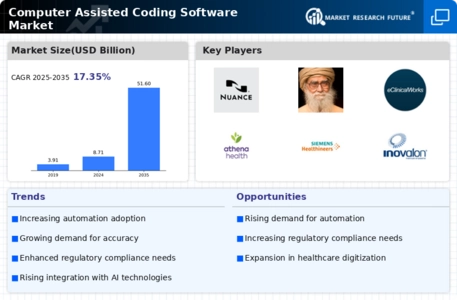
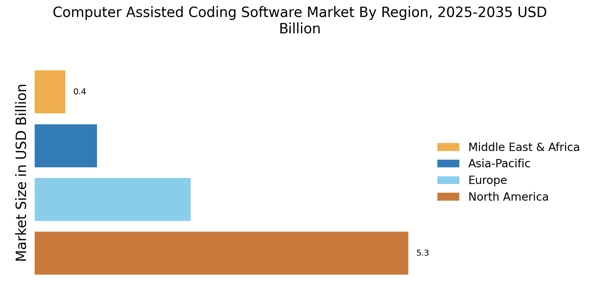

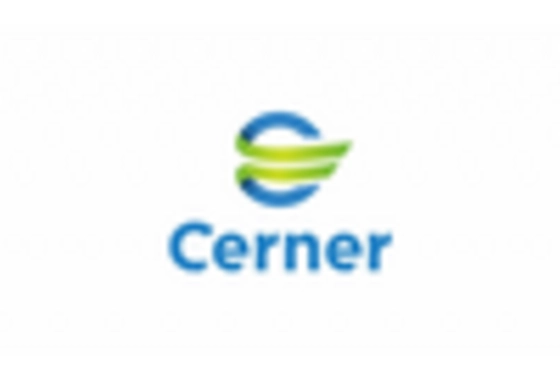
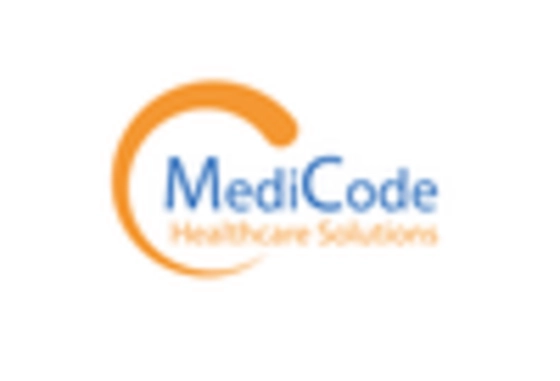
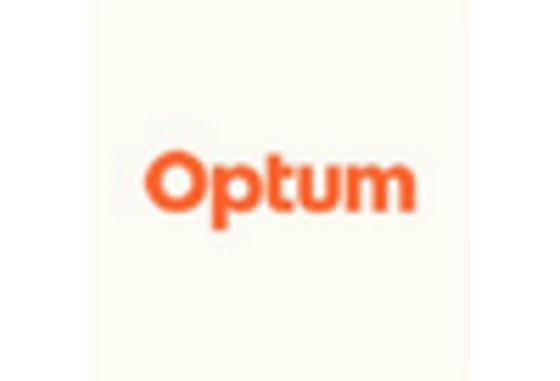
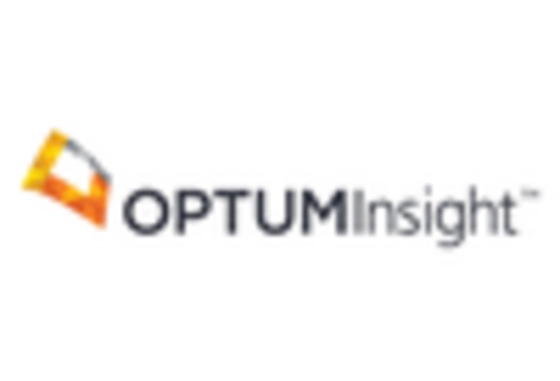
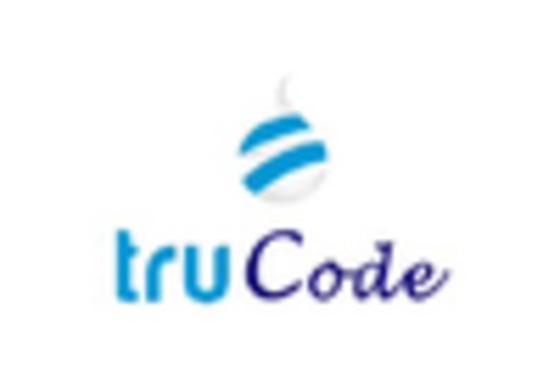








Leave a Comment